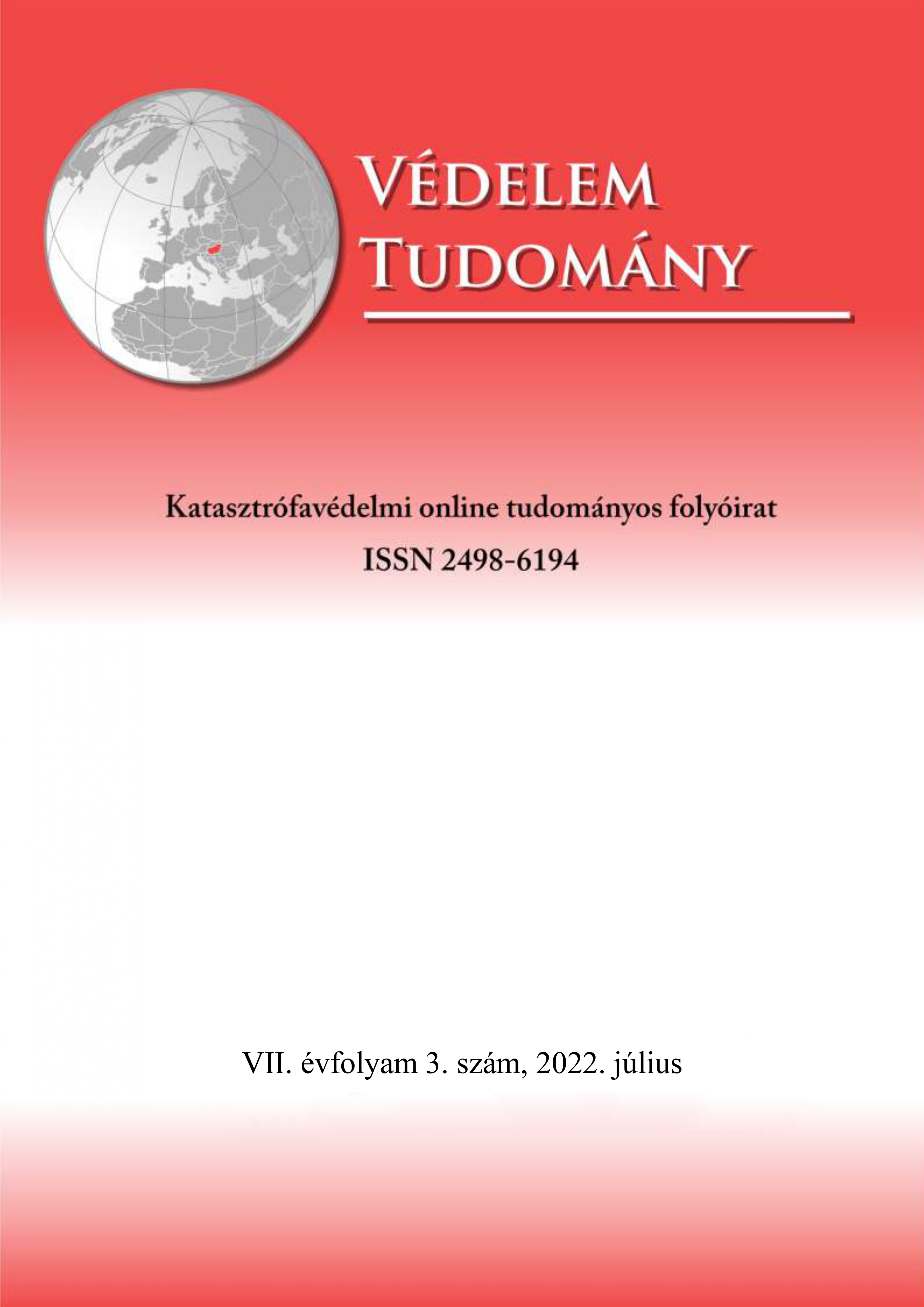The experiences of SIQUAKE 2020 project and exercise
Abstract
There was numerous occasion in the history of Europe, when devastating earthquake happened. Those, who are living in the endangered territory has a serious pressure to prepare the consequences of the seismic risks. The Slovenian National Risk Assessment evaluate the earthquake as a moderate risk hazard. In the country, there were more than fifty, at least VII strength earthquake on the European Macroseismic Scale. Fifteen from them happened in the XX. century.
The central part of Slovenia is very sensitive, endangered and must be prepared against the consequences of earthquakes because of the high density of population, large number of state and economic institutions close together, traffic and railroad intersections, and energy infrastructures. Especially important to coordinate the search and rescue tasks efficiently using international aid. These tasks were supported by the Siquake 2020 European Union project, which was successfully completed by the Slovenian disaster management during the Covid-19 pandemic. The author of this article introduce the task system of the Siquake 2020, especially the experiences of the full scale exercise during the pandemic.
References
Mass Shelter Workshop – SIQUAKE 2020 project https://www.siquake2020.eu/en/gallery/mass-shelter-workshop/
(Letöltés ideje: 2022.01.02.)
Host Nation Support Workgroup https://www.siquake2020.eu/en/gallery/host-nation-support-workshop/
(Letöltés ideje: 2021.01.02.)
Mass Shelter Capability Project – MaSC Toolbox https://ec.europa.eu/echo/funding-evaluations/financing-civil-protection/prevention-and-preparedness-projects-civil-protection/overview-past-track-i-and-track-ii-projects/mass-sheltercapability-project-ii-masc-ii_en (Letöltés ideje: 2022.01.02.)
T. HÁBERMAYER, P. HARTNER és Á. MUHORAY, „A Globális Katasztrófa Előrejelző és Koordinációs, valamint a Közösségi Veszélyhelyzeti Kommunikációs ésInformációs Rendszerek bemutatása,” Hadmérnök, XVIII. 3 pp. 203-218, 2018. http://www.hadmernok.hu/183_16_hartner.pdf (Letöltés ideje: 2022. 01.04.)
Emergency Response Coordination Center https://ec.europa.eu/echo/what/civil-protection/emergency-response-coordination-centreercc_hu
(Letöltés ideje: 2022.01.05.)
SIQUAKE 2020 weboldal https://www.siquake2020.eu/en/about-the-project/ (Letöltés ideje: 2022.01.07.)
I. VARGA, „Katasztrófák elhárítása során bekövetkezett balesetek áldozatvédelmi vonatkozásai” , Nehéz tárgyak mozgatása egyszerű eszközökkel, pp. 212-219, 2021 https://tolna.katasztrofavedelem.hu/application/uploads/documents/2021-07/75608.pdf
(Letöltés ideje: 2022.01.07.)
I. VARGA, „Krízismunka a katasztrófavédelemben - pszichológia és/vagy szociális munka?” , III. Tolna Megyei Polgári Védelmi Munkaműhely Katasztrófák, kockázatok, önkéntesek tanulmánykötet, pp. 144-149, 2020
https://tolna.katasztrofavedelem.hu/application/uploads/documents/2020-05/71152.pdf (Letöltés ideje: 2022.01.07.)
Á. MUHORAY, „A katasztrófák kezelésének perspektívái és összkormányzati kapcsolódások a 21. században”, Védelmi-biztonsági Szabályozási és Kormányzástani Műhelytanulmányok 2021/8. ISSN: 2786-2283
P. JACKOVICS, „A műszaki mentés művelete összeomlott épületnél, a földrengéskutató és mentőcsapatok tevékenysége 1. rész”, Hadmérnök, XV. 4 pp. 61-87, 2020. https://folyoirat.ludovika.hu/index.php/hadmernok/article/view/4469/4336 (Letöltés ideje: 2022.01.08.)
P. JACKOVICS, „A műszaki mentés művelete összeomlott épületnél, a földrengéskutató és mentőcsapatok tevékenysége 2. rész”, Hadmérnök, XVI. 1 pp. 95-111, 2021. https://folyoirat.ludovika.hu/index.php/hadmernok/article/view/4470/4405
(Letöltés ideje: 2022.01.08.)




